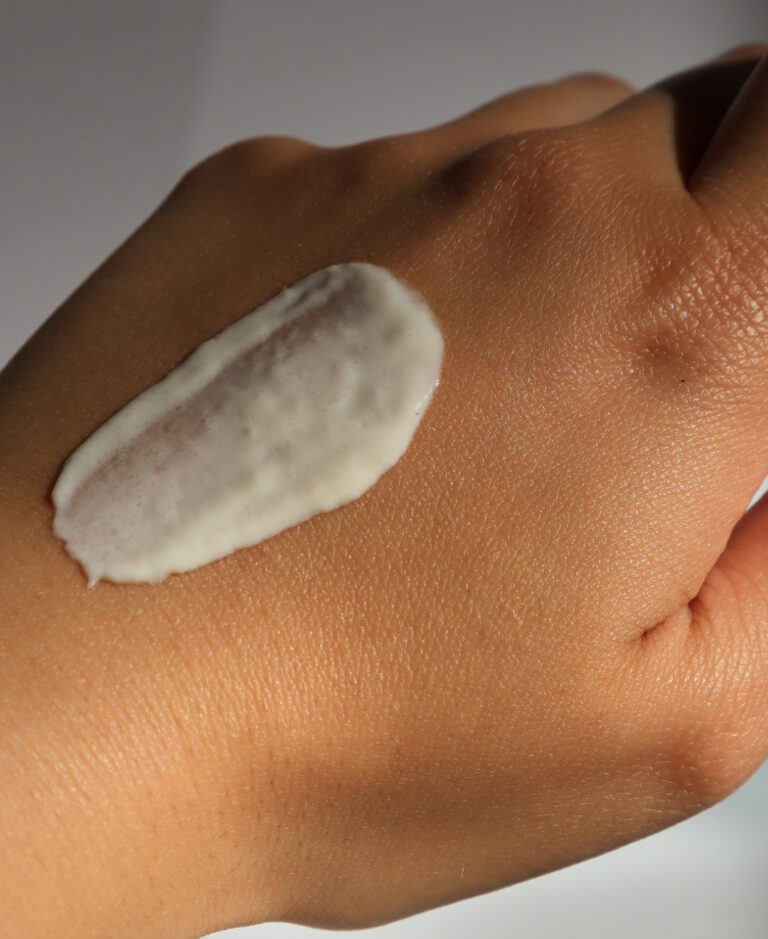
The Sunscreen Dilemma: Mineral or Chemical Filter – Find your perfect fit!

The Sunscreen Dilemma: Mineral or Chemical Filter – Find your perfect fit!
Summer is back in full swing! While it’s essential to use sunscreen year-round, this is the season when we, as part of the healthcare community, really want to address the significance of incorporating it into your daily life. There are many reasons to use it. From a health perspective, it is argued that exposure to solar radiation is the leading cause of skin cancer, and from an aesthetic standpoint, it is well known that approximately 80% of premature skin aging is due to sun exposure. To reduce the risk of skin cancer and prevent premature aging, we must protect our skin from the sun and its dangerous UV light.
Sunscreen’s main ingredient is UV filters, which can be either chemical or mineral. Both types work differently but have the same goal of protecting your skin. In this blog, we’ll dig into their characteristics, pros, and cons to help you find the perfect fit for you. So, let’s get started and find out which UV filter is your skin’s best ally!
Chemical UV Filters:
Also known as organic filters, Chemical UV filters protect the skin by absorbing the ultraviolet radiation and transforming it into heat, which is then released.
- Pros: Chemical UV sunscreens have gained popularity in the cosmetic industry due to their physical properties, One major advantage is that they don’t leave a white or greasy residue on the skin, making them a good choice for seamless integration with makeup products. . Their lightweight consistency also makes them a top choice for individuals who are new to incorporating sunscreen into their daily routine and wish to avoid issues such as white cast, heavy texture, or sensory discomfort.
- Cons: It’s important to note that chemical UV sunscreens can sometimes cause skin irritation, and they may take up to 30 minutes to become effective after application. Therefore, it’s advisable to plan ahead and apply them in advance before sun exposure to ensure proper skin protection. Furthermore, certain chemical ingredients like Oxybenzone and Octocrylene have been found to have potential secondary effects on subaquatic ecosystems, as supported by research. It is recommended to explore alternative sunscreen options to minimize any potential impact next time you’re planning to spend time among natural bodies of water. For more information about this topic check out our instagram post about ocean friendly sunscreens here.
As a side note, these types of sunscreens are classified based on their range of protection: those that protect against UVA rays, those that protect against UVB rays, or those that protect the skin from both types of rays, which is highly recommended.
Mineral UV Filters:
Mineral filters, also referred to as inorganic filters, shield the skin by creating a protective barrier that reflects ultraviolet rays. They offer comprehensive protection against both UVA and UVB rays, ensuring broad-spectrum coverage.
Pros: Mineral UV filters offer several benefits that make them a preferred choice for certain individuals. Firstly, they are more stable compared to UV chemical filters and are less likely to cause skin irritation. This makes them highly valuable for people with sensitive or reactive skin, as well as those with conditions like rosacea or who have undergone aesthetic dermatological procedures such as laser treatments, peeling, PRP plasma or microneedling.
Another advantage is that mineral filters start working immediately after application, providing instant protection. Additionally, their composition makes them an excellent choice for those concerned about the well-being of ocean ecosystems. If you’re a beach enthusiast, enjoy outdoor activities like surfing, kayaking, swimming, or simply need frequent sunscreen reapplications during an extended period outdoors, especially under natural light, mineral UV filters can be your best ally.
Cons: One downside of mineral filters is that they can be less cosmetically appealing compared to their chemical counterparts. This is because mineral filters tend to have a thicker consistency and may leave a slight white or shiny residue on the skin. However, it’s worth noting that these drawbacks are gradually diminishing as many brands work towards formulating mineral filters that are more lightweight and aesthetically pleasing to the user.
Mixed or combined UV Filters:
Yes, there are sunscreens with both types of UV filters. They aim to complement each other to provide the highest possible protection. That’s why sunscreen products can be classified as chemical, mineral, or combination sunscreens based on their filter combinations.
Conclusions:
Considering what you’ve learned about the differences, advantages, and disadvantages of chemical and mineral filters, you might be wondering how to determine which sunscreen is the right choice for you. The decision should be based on your skin’s characteristics, specific needs, and how well it tolerates different filter components.
For instance, if you have highly reactive or sensitive skin, sunscreen with mineral filters may be a better option for you. On the other hand, if you plan to wear makeup for a special occasion, the lightweight texture of sunscreens with chemical filters might be more suitable. It’s important to remember that there’s no superior UV filter; the choice depends on individual situations and what works best for your skin.
Ultimately, it’s about finding the right balance and considering what aligns with your goals and preferences.
General recommendations for sunscreen use:
- Use sunscreen throughout the year, regardless of the season, climate, or whether you are indoors or outdoors.
- Use broad-spectrum sunscreen with SPF 30 or higher, which protects the skin from both UVA and UVB rays.
- All skin types need sun protection. Every one of us is susceptible to skin damaged by solar radiation. Make sure that your chosen sunscreen is broad-spectrum and, in specific cases, waterproof.
- Protect all exposed areas of the skin, including the lips, eyelids, and ears, which are often neglected when applying sunscreen. If you experience itching or discomfort in the eye area, mineral filters are recommended.
- Reapply sunscreen every 2 or 3 hours because it can be removed from the skin by touching your face or sweating, leaving your skin exposed to UV damage. Additionally, some sunscreen filters can degrade over time, so reapplication is essential to prolong protection.
- There is no need to wash your face before reapplying sunscreen. Simply apply another layer over the previous one.
- Look for a sunscreen that suits your skin type and needs, and remember that there is no excuse for not using it.
At AWC, we offer a wide range of skincare and healthcare services. Schedule an appointment with us for personalized care and advice regarding skincare and overall health. Don’t hesitate to contact us to book your appointment today!




